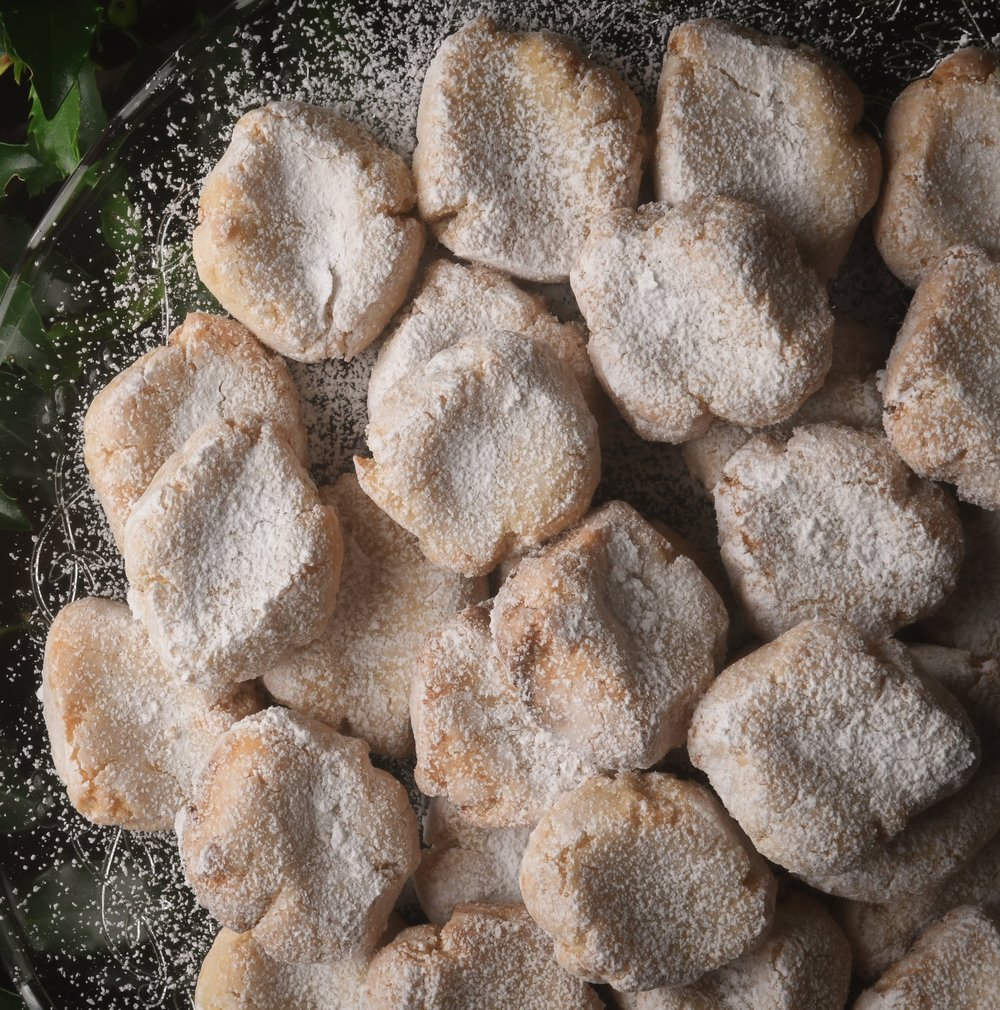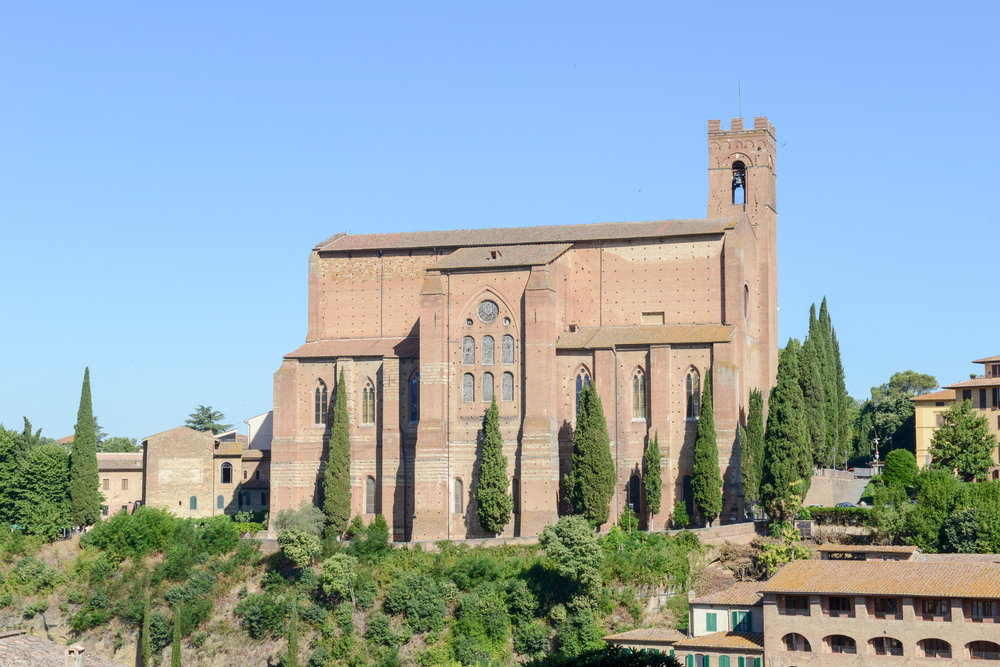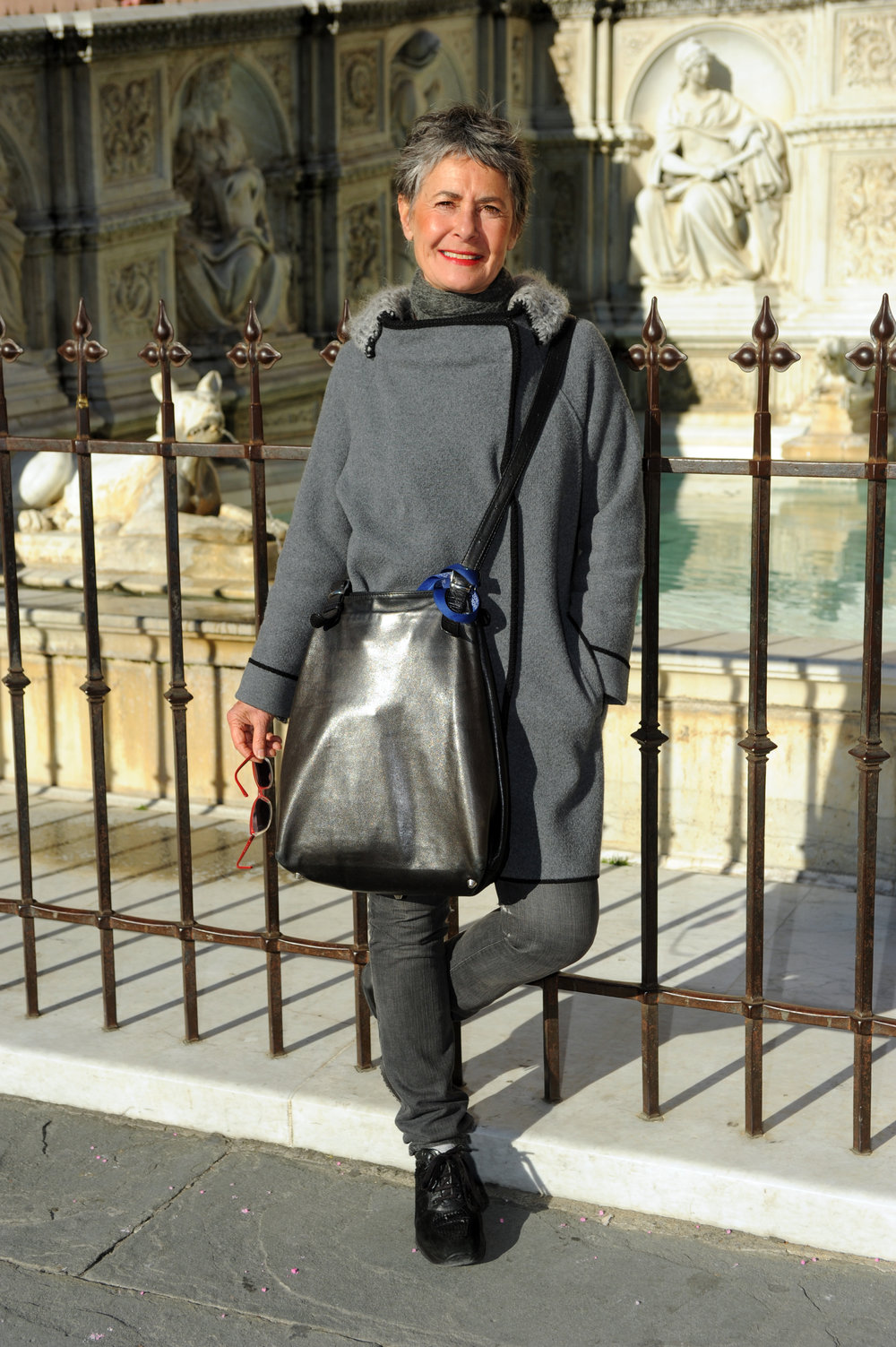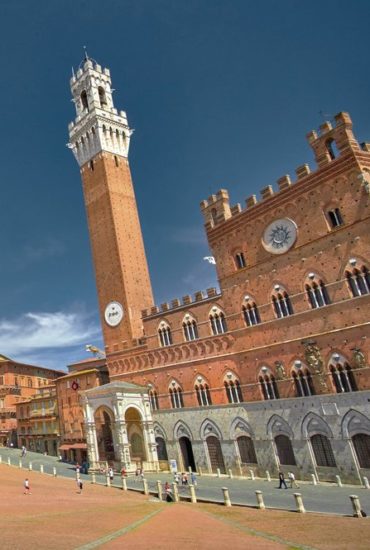Siena is located in the region of Tuscany, a city with a population of about 50,000. It has a rich history and the city retains much of its medieval character – tiny maze-like streets, churches, and fountains as essential landmarks for the navigation throughout the town. But with a large university and a thriving tourism business, Siena is anything but antiquated. It’s an absolute must on any Tuscany itinerary.
Fun Facts
- The city is divided into 3 sections (terzi) and also into 17 neighborhoods (contrade), each with its own church and public fountain. The neighborhoods are an essential aspect of Sienese life.
- Every year on July 2 and August 16, 12 of the 17 contrade participate in the horse race called il Palio. Its importance to the people of Siena cannot be overstated.
- Siena is home to Monte dei Paschi, the oldest bank in the world whose origins date back to 1472.
- 80% of the Sienese population perished in the plague epidemic of 1348.

Don’t Miss
The Duomo, of course. Particularly in the fall when the mosaic floors are uncovered. For most of the year, the floor is covered to protect it from the wear and tear that would be inevitable from the large volume of tourist traffic. But for a short period, the covering is removed to reveal what Vasari called “ the most beautiful, largest and most magnificent floor that ever was made”. The details and stories told in the pavement of the church are awe-inspiring. Also not to miss in the cathedral is the Piccolomini Library (on the left aisle of the church as you are facing the altar).
Off the Beaten Path
While everyone stops in the Piazza del Campo, most don’t enter the Palazzo del Comune. You should definitely go inside and see the artwork that is there, including the Allegory of Good and Bad Government by Ambrogio Lorenzetti and the Guidoriccio by Simone Martini. You can also climb the 400 steps of the Torre del Mangia for a 360-degree view of the city and surrounding countryside.
WAY off the Beaten Path
The museum of the Oca contrada (or the museum of any one of the contrade). This is a true insight into Sienese life and the importance of the palio for this city.
Experience
Museo dell’Opera del Duomo – the museum includes the famous Duccio Maestà triptych and an impressive collection of statuary by the masters of the Sienese school of sculpture (including Giovanni Pisano) as well as works by Donatello and Jacopo della Quercia. This museum is not huge but it is beautifully & thoughtfully presented.

Eat
Ricciarelli – almond cookies – from Bar Nannini. Of course, you aren’t there now, so here is the recipe.

Pray
San Domenico – aside from the fact that you might think it very creepy that you can view St. Catherine’s head here (her body is in Rome at the church of Santa Maria sopra Minerva), San Domenico is an important part of Sienese history.

Love
Donatella Grilli – one of my favorite guides in all of Italy. She is truly a legend.
Drink
A prosecco at the Bar Palio in the Piazza del Campo. Piazza del Campo is considered to be one of the most beautiful squares in all of Europe. It is THE place to sit and enjoy la dolce vita.
Stay
Palazzo Ravizza – great location in the heart of town. Wonderful staff
If the history of the Palio and its importance to the people of Siena fascinates you, as it does me, La Terra in Piazza is a must read. The title is in Italian but the book is in English and it provides an in-depth explanation of what a simple horserace means to this city.
On Netflix and iTunes: the 2015 documentary “Palio” tells the story of some of the jockeys involved in the Palio. Fascinating! Here is the trailer on You Tube:

